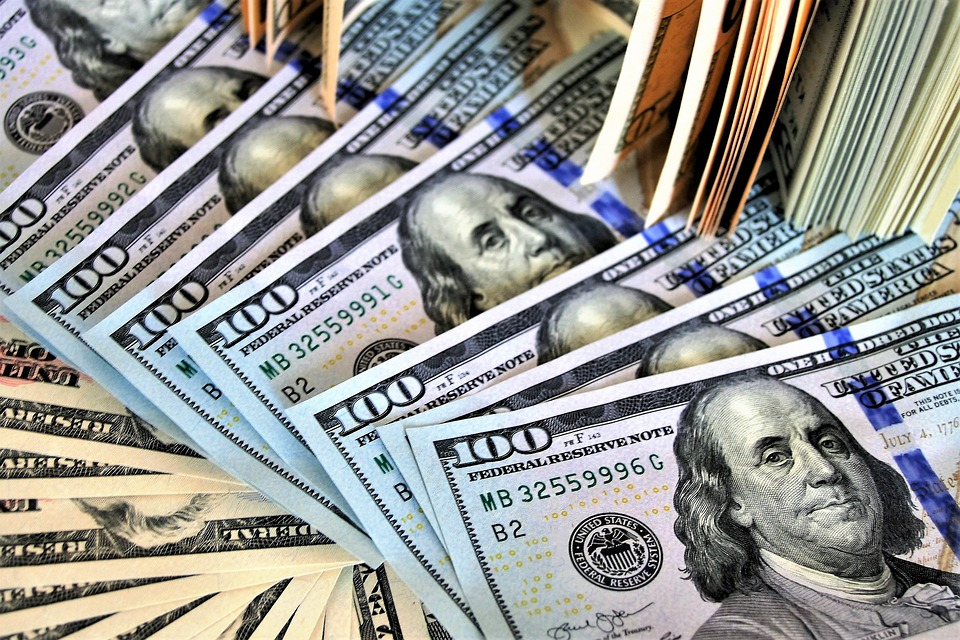Ripple Dives into Stablecoin Market with USD-Pegged Digital Currency Launch

Ripple has recently entered the stablecoin market, valued at $150 billion, by launching its own digital currency tied to the U.S. dollar.
This stablecoin will maintain a constant 1-to-1 backing with an equivalent value in assets, including U.S. dollar deposits, U.S. government bonds, and cash equivalents, held in reserve by Ripple. The company has committed to transparency by providing monthly attestation reports on its reserves, although the auditing firm has not been disclosed.
Initially introduced in the United States, Ripple hasn't ruled out the possibility of expanding its stablecoin offerings to other regions such as Europe and Asia, putting it in direct competition with established stablecoin providers like Tether and Circle.
Ripple's decision to launch a stablecoin stems from market events such as the fluctuation of Tether's USDT token and Circle's USDC in recent years. Both stablecoins experienced temporary deviations from their $1 peg due to various factors, raising concerns about the stability and transparency of their reserves.
Brad Garlinghouse, CEO of Ripple, expressed confidence in their stablecoin endeavor despite the competitive landscape. He emphasized Ripple's regulatory compliance, citing licenses in jurisdictions like New York, Ireland, and Singapore.
In addition to entering the stablecoin market, Ripple aims to leverage its stablecoin to enhance its On-Demand Liquidity product, which facilitates rapid settlements using the XRP token for cross-border transactions.
Despite facing challenges in promoting the adoption of XRP among banks and payment firms, Garlinghouse affirmed Ripple's commitment to XRP as a payment token. He sees stablecoins as complementary to the XRP ecosystem, aligning with the community's desire for a USD-backed stablecoin on the XRP Ledger.
Regarding ongoing legal issues with the U.S. Securities and Exchange Commission (SEC), Ripple anticipates a settlement in the "millions" of dollars range, significantly less than the $2 billion sought by the SEC. The dispute revolves around the alleged illegal sale of XRP tokens to institutional investors without proper registration with the regulator.
Despite regulatory challenges and market competition, Ripple remains optimistic about the future of its stablecoin initiative and its broader ecosystem involving XRP.


